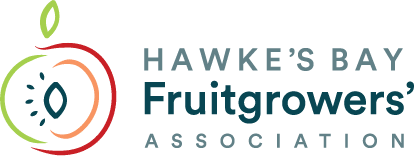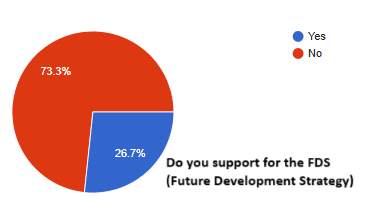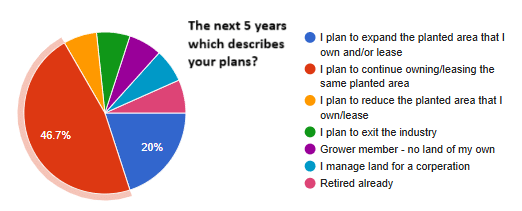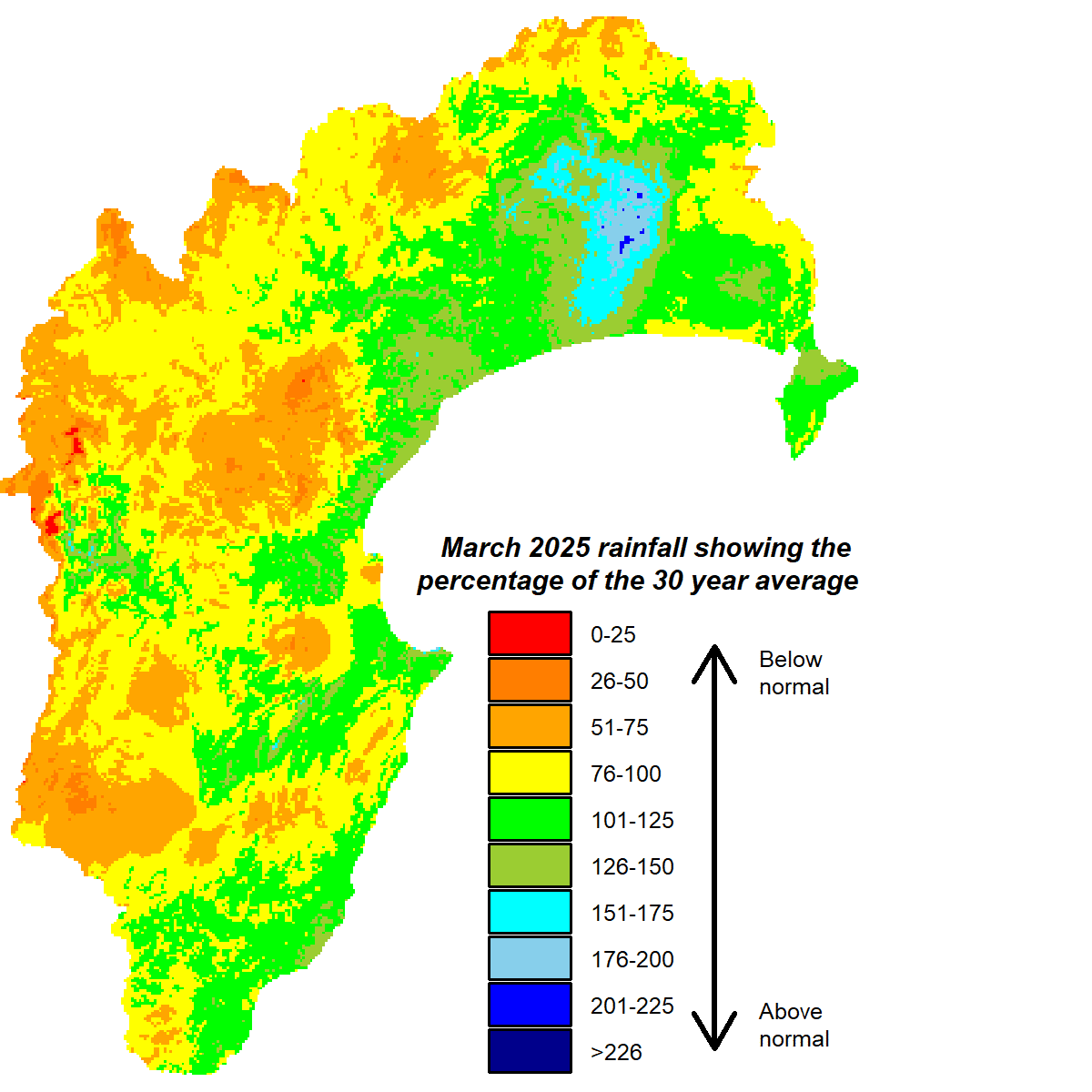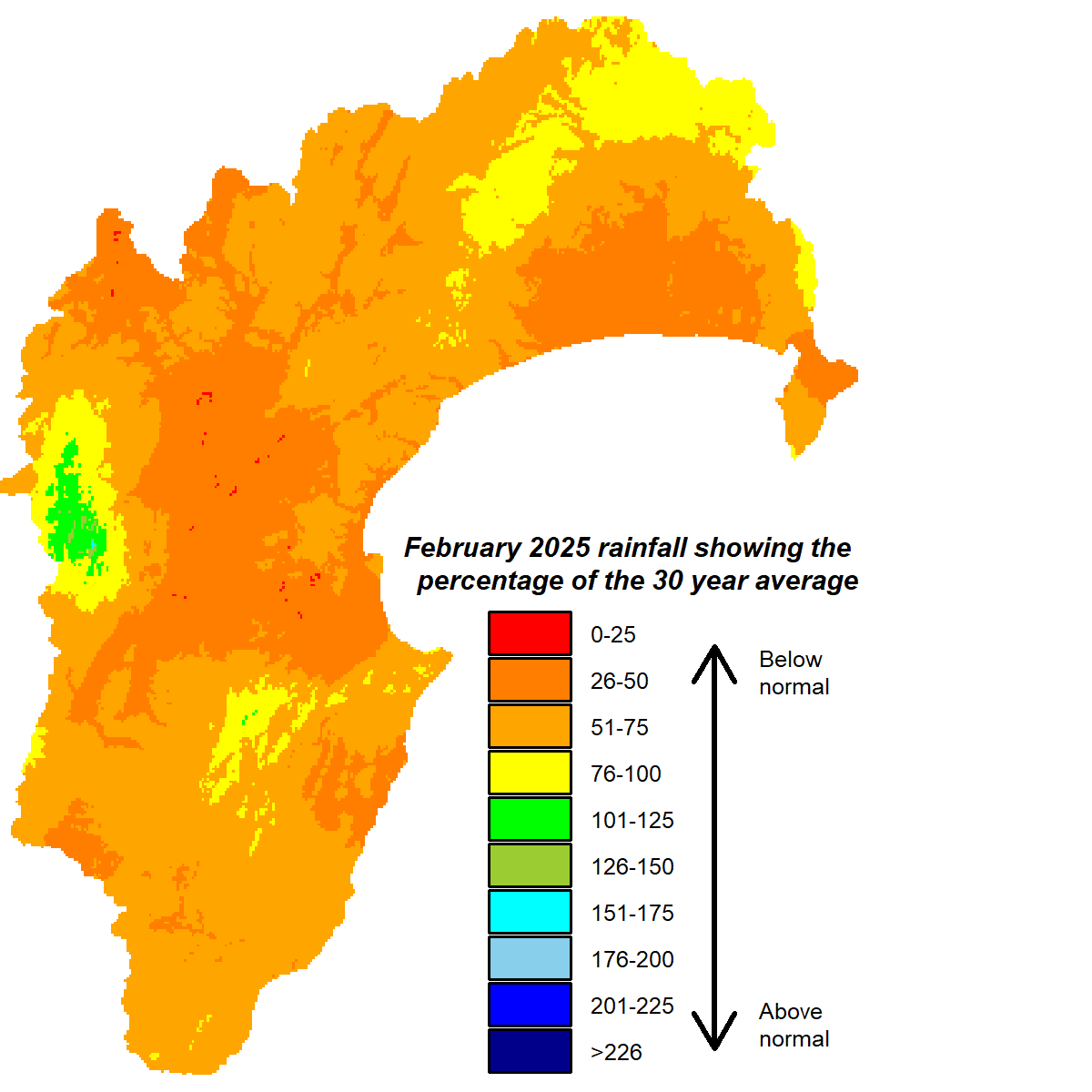Presidents Report
As president I sit on the committee for the Napier Port Primary industry awards. I am also part of the judging panel for 2 of the awards. This is an outstanding event which only started to include horticulture in 2020. Leon Stallard was the inaugural winner of the Horticentre HB Horticulturist of the year. This is the only award specific to Horticulture, so it was a real pleasure to see our industry do so well in the other 3 open categories. A special congratulations to all 4 winners listed below
• Horticentre Trust Hawke’s Bay Horticulturalist of the Year: Liam Sykes, Ngāi Tukairangi Trust.
• Craigs Investment Partners HB Emerging Leader: Grace Fulford, T&G.
• Unison Hawke’s Bay Primary Sector Professional of the Year: Gary Speers, PGG Wrightson – (Fruit Fed)
• Heretaunga Hastings Primary Sector Industry Leader: Bruce Beaton.
We really punched above our weight on the night, and it was so good to see so many there from our industry in support.
Back in my Presidents report in September 2024 I wrote the following statement – truly believing this could be a great year for all growers – and a year that we all desperately need.
“So, is the 2024/25 season our time to shine. Is this a new year – a new season – a new day where everything comes together, and we produce an outstanding crop and put HB back on the national and global map as the best place in the world to grow fruit”
Well as we know it has been an outstanding growing year – our harvest season is in its last few weeks and for some has already concluded. We had outstanding spring growing conditions (without the abundance of rain we’ve had in the past) Budburst, blossom and thinning were all early this year. Size was shaping up to be above average, so everything was pointing to not only a good harvest but an early harvest. The cooler/rainy weather in January slowed things down (growth wise) but, the flip side to the colder weather was it brought our colour development earlier than usual in the apples. Harvest season for apples was early and from all accounts we had the labour we needed to get the crop off in a timely fashion. On that note I want to extend and big thankyou to all our fulltime orchard staff who work extremely hard through the year to help produce such a great crop. A big shout out to our harvest crews, our kiwis who come out to pick and tractor drive, the backpackers from overseas and of course our very much loved and valued seasonal workers from the pacific. Our overseas workers scheme (RSE’s) is an outstanding programme which benefits both growers and RSE’s.
Millions of dollars are earnt by our workers and taken back to the islands where it is invested into new business ventures, building houses resulting in the economic growth and prosperity for their communities. This is a win-win for everyone involved. The next vertical stage of our industry is packing the fruit. Reports from packhouses are extremely promising, with great quality fruit, high colour and yields resulting in high pack out rates of 80-90 percent. The next phase of course is the selling of our produce overseas. Our exporters had an excellent start, early harvest equals early fruit on the boats and into our global markets. The growers have done their part in producing an outstanding crop, the packers are hard at work preparing the best possible fruit to send overseas while our exporters are out in the world markets displaying, marketing and selling our fruit to the world.
We all needed a good growing year, our growers, our packhouses, our exporters, our region and our people. This is our year – our HB growers have had it tough – very tough over the past 5 years, but I’m believing we have an outstanding next 5 years. I’m a firm believer in that our best years are always ahead.
Coming up on June 5th 6th is our annual HB Young Fruit Growers Competition. We have our 8 finalists sorted and ready to go. Look out for where to book your tickets for this awesome night celebrating our young people and of course our long standing “Joe Bell” recipient for services to the horticulture industry.
Kia kaha
Brydon Nisbet – President – Hawkes Bay Fruit Growers Association
